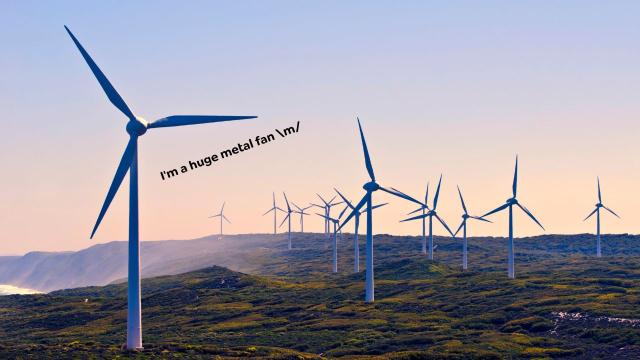A new study from the University of South Australia (UniSA) indicates that tens of thousands of wind turbine blades will go into landfill unless end-of-life programs are formed.
Wind turbine blades are made of either carbon fibre or glass fibre composite material. Both of these are durable but expensive to break down, and when broken down, the recovered materials don’t have high market value. It has been estimated that there will be 43 million tonnes of blade waste internationally by 2050.
“The same features that make these blades cost-effective and reliable for use in commercial wind turbines make them very difficult to recycle in a cost-effective fashion,” said Professor Peter Majewski from UniSA.
“As it is so expensive to recycle them, and the recovered materials are worth so little, it is not realistic to expect a market-based recycling solution to emerge, so policymakers need to step in now and plan what we’re going to do with all these blades that will come offline in the next few years.”
You can see why not having end-of-life programs established for wind turbines is bad, right? Wind is supposed to be one of the energy sources we start to utilise in a world where we’re not reliant on coal or gas, but if we’re just dumping the used turbines in the ground, it’ll contribute to environmental problems on a different front.
In some European countries, turbine blade dumping has actually been banned.
Outside of countries that have banned dumping, the blades are typically put in landfill. But it doesn’t need to be like this.
“Our research indicates the most likely viable option is a product stewardship or extended producer responsibility approach, where the cost of recycling the blades is factored into either the cost of their manufacture or the cost of their operation,” added Majewski.
“If manufacturers disappear, or wind farms go broke, we need to ensure processes are still in place for the turbine blades to be disposed of properly.
“Without such solutions, energy options like wind and solar may prove to be no more sustainable than the old technologies they are aiming to replace.”
Before you say that solar could be a better option, let me just stop you right there. Solar panels have similar landfill problems, which has led to the Solar Recovery Corporation.
“Some states have banned solar panels from landfill, but by 2030 millions of solar panels could end up in landfill unless we have universal legislation and programs to manage this valuable material. In our efforts to generate sustainable energy, we have potentially caused another massive headache,” said Rob Gell, the head of the Solar Recovery Corporation.
“Solar panels are expected to operate usefully for two or three decades, however, evidence suggests that damage from storms, reduced performance and other issues typically reduce their lifespan requiring them to be replaced sooner than expected.”
Hopefully we can tackle this problem before it becomes difficult to manage.
You can read Majewski’s study on wind turbines and landfill in Renewable and Sustainable Energy Reviews.
